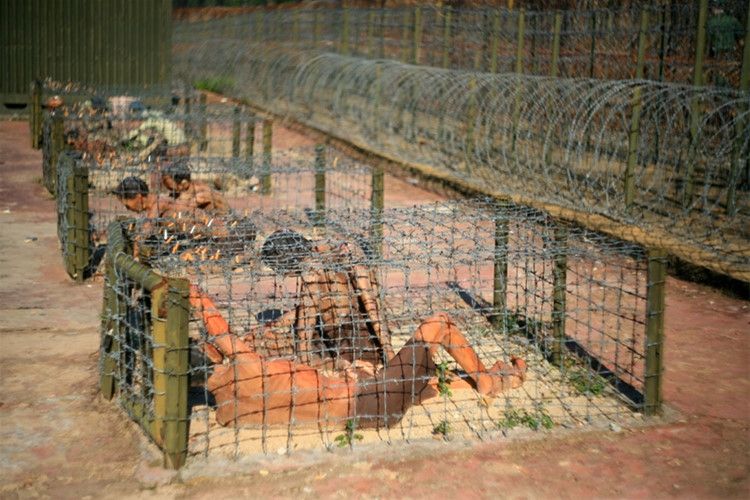
Set the groundwork for Guantanamo Bay, Abu Ghraib and torture chambers across the Middle East in the Global War on Terror
[This article continues CAM’s commemoration of the 50th anniversary of the end of the Vietnam War.—Editors]
In the summer of 1970, Tom Harkin, a U.S. senator from Iowa from 1985-2015, was a congressional staffer invited to be part of a delegation that was sent to Vietnam to investigate conditions in South Vietnamese prisons run by the Office of Public Safety (OPS) of the United States Agency for International Development (USAID).
In Saigon, he met with Don Luce, an International Voluntary Services (IVS) worker familiar with South Vietnam’s prison system, and with a student leader named Loy who had been detained at the infamous Con Son Island penitentiary and whose brother was still imprisoned there.
Loy gave Harkin a map of the prison that was designed to help him locate a secret wing of the prison where inmates were being tortured in underground cells known as “tiger cages.”

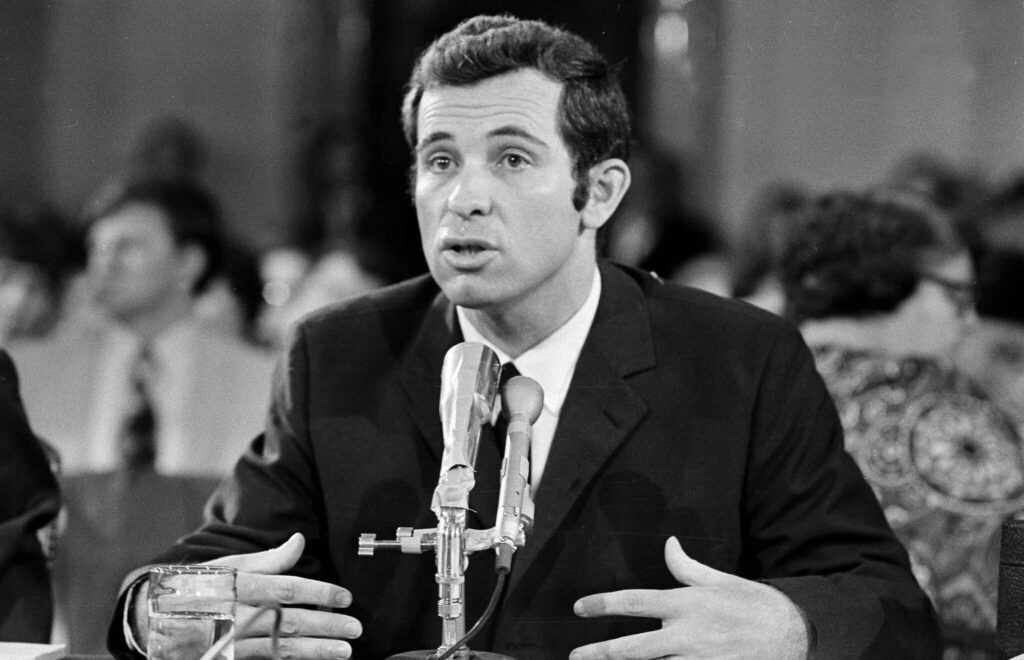
When Harkin visited Con Son prison with two members of Congress—Augustus Hawkins (D-CA) and Wiliam Anderson (R-TN)—he was told by Frank Walton, an OPS adviser who helped run the prison, that Con Son was like a “boy scout camp” and that “our prisoners in the U.S. should only have it so good.”
However, when Harkin followed Loy’s map, he gained access to the “tiger cages” where inmates had been chained to the floor and kept in filthy underground cells where they endured horrific torture.
Harkin said that, decades later, he could still remember the terrible smell from the Tiger Cages and was haunted by one of the prisoners, who had his hand chopped off, and by a woman, who was blinded.
Harkin’s story is featured in a short documentary about the tiger cages produced by Washington, D.C.-based filmmaker Jeff Nesmith, who lived in Vietnam for seven years.
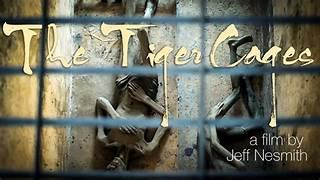
The film was featured at a January 29 webinar hosted by the Vietnam Peace Commemoration Committee on “The Antiwar Movement’s Campaign to Free Thieu’s Political Prisoners.”
Webinar host Brewster Rhoads, a veteran of the Vietnam era anti-war movement, explained how the lack of political freedom in South Vietnam during the war was epitomized in the huge number of political prisoners being held there, often under abhorrent conditions.

USAID’s OPS had been assigned by the State Department to manage South Vietnam’s prisons and often oversaw tortures that were being carried out—like at the tiger cages.
The OPS was staffed by CIA operatives, many of whom had worked as prison and police officials in the U.S. Largely conservative in their political orientation, they embraced a zealous Cold War mentality that made them callous toward abuses carried out against perceived Vietnamese communists who had been dehumanized.[1]
U.S. oversight of the tiger cages was used by the anti-war movement to remind the public that the horrors of the Vietnam War were continuing even after the withdrawal of most U.S. troops and signing of the 1973 Paris Peace Accords.
The anti-war movement demanded that the U.S. government cut off all financing for South Vietnam’s government that was torturing many of its own citizens.
Eventually, Congress passed measures to cut off aid and, without U.S. support, the South Vietnamese government collapsed and the Vietnam War ended on April 30, 1975.
The first speaker at the webinar, Jane Barton Griffith, recounted her experiences working for the American Friends Service Committee (AFSC) in Quang Ngai Province in the early 1970s, when she visited with political prisoners housed in prisons and at U.S.-run interrogation centers.

Barton Griffith said that the prisoners told her of the horrible torture they were forced to endure involving electroshocks to their genitals and waterboarding. A number had been chained to their beds and, as a result, lost mobility in their legs. Some were moved to the grounds of a local hospital because the authorities believed that it was better for them to die there.
When Barton Griffith asked who was carrying out the torture, she was told that CIA agents—who came to town on planes and traveled in armored cars—were the ones overseeing it. Others were tortured by U.S. military personnel.
Barton Griffith also learned that CIA officers, many of whom worked under the cover of USAID’s OPS, trained South Vietnamese army officers in torture techniques.
Barton Griffith took photographs of the victims and then showcased them on speaking tours sponsored by the AFSC and Amnesty International after she returned to the U.S.
Her talks helped alert people to the horrors that were going on and built momentum for the push to cut off all U.S. financial aid to South Vietnam’s military and police forces.
One of the women featured in her photos was a 67-year-old grandmother who had both of her legs broken and was forced to lay on a cardboard where her tormentors cut out a hole through which she could defecate.
Barton Griffith has preserved the photos of the tortures for the last 50+ years. She said they should serve as a reminder of a dark history that, hopefully, younger generations would learn about.
The second speaker at the webinar, Jean-Pierre Debris, was teaching French in Saigon in the late 1960s when he was arrested by local police for attending a peace demonstration and writing an anti-war leaflet.
Debris spent two years in custody at the Chi Hoa prison. During that time, he was hooded and beaten and had his ribs broken by guards. He said they never fully healed.
Further, Debris said that he witnessed South Vietnamese being tortured, including through waterboarding.
After his release, Debris began publicizing the cause of South Vietnam’s political prisoners and supported activist efforts to end the Vietnam War, including by confronting U.S. policy-makers like Henry Kissinger who were responsible for the war’s expansion.
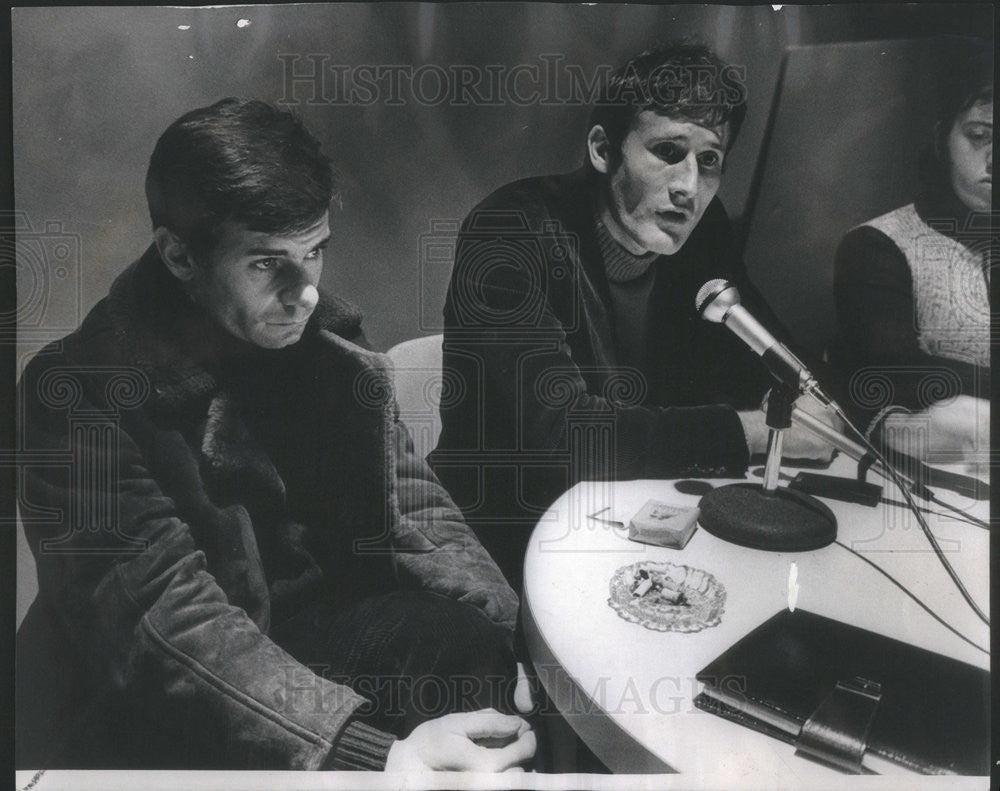
The final speaker at the webinar, Jerry Elmer, is a Harvard graduate who participated in a tiger cages vigil at the U.S. Capitol Building in Washington to raise public awareness about the horrors of the Vietnam War.
Elmer said that peace activists created a replica of the tiger cages and had people inserted in them as part of guerrilla theater.
Some activists carried out hunger strikes.
The activism was effective in raising public awareness and helping to get members of Congress to pass legislation that cut off all financial aid to Saigon.
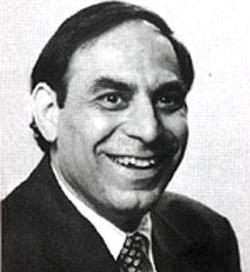
This latter history should be remembered today since it shows that political activism can make a big difference. By alerting the public to what was going on, activists succeeded in pushing for an end to the Vietnam War.
In the past 50 years there has been a revisionist campaign to present the American role in Vietnam as honorable and the South Vietnamese government as the good guys fighting against the Communist bad guys.
The January webinar offered insights demonstrating that the opposite was true.
Rather than fighting to uphold democracy in South Vietnam, U.S. troops were sent to try to prop up a venal U.S. client government that jailed thousands of political opponents and tortured its own people, including many women and children.
Nguyen Van Thieu owed his power to a corrupt bargain he struck with Richard Nixon in 1968 by which Thieu agreed to cancel ongoing peace talks in exchange for Nixon’s guarantee that he would keep Thieu in power so long as he was president.
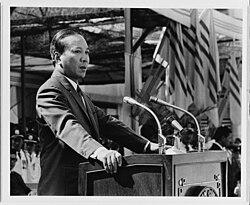
Nixon believed that, if peace broke out at the time, it would hurt his election prospects—the Democrats were unpopular for sustaining the war and Nixon claimed to have a secret plan for ending it.
Winning a rigged election in 1967, Thieu had served as a French collaborator during the first Indochina War; in 1954, he led an army battalion that expelled the Vietminh national liberation forces from his native village.
Thieu’s administration was known for its corruption and support for the Indochina drug traffic.
Historian An Thuy Nguyen of the University of Maine spoke at the webinar about how Thieu barred opposition media and cracked down on all dissent, which helped to account for the estimated 100,000+ political prisoners during his rule.
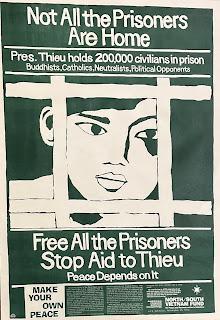
Unfortunately, CIA torture methods adopted in Vietnam were subsequently adopted at Guantánamo Bay and at U.S. prison facilities across the Middle East and have been adopted by America’s Israeli clients against the Palestinians.
The U.S. also today continues to prop up oppressive leaders around the world not that different from Thieu.
Ukrainian leader Volodymyr Zelensky, for example, who has received more than $100 billion in U.S. military and economic aid, has canceled elections, banned opposition parties, jailed opponents and tortured and murdered dissidents. CIA advisers operating in 12 bases in Ukraine may also be directly overseeing kidnappings and torture as their predecessors did in Vietnam.
Renewed activism and a congressional investigation are urgently needed in Ukraine and in other places around the world—modeled after the one that led to the exposure of the tiger cages and other human rights abuses during the war in Vietnam.

For a history of the OPS, see Jeremy Kuzmarov, Modernizing Repression: Police Training and Nation-Building in the American Century (Amherst, MA: University of Massachusetts Press, 2012). ↑
CovertAction Magazine is made possible by subscriptions, orders and donations from readers like you.
Blow the Whistle on U.S. Imperialism
Click the whistle and donate
When you donate to CovertAction Magazine, you are supporting investigative journalism. Your contributions go directly to supporting the development, production, editing, and dissemination of the Magazine.
CovertAction Magazine does not receive corporate or government sponsorship. Yet, we hold a steadfast commitment to providing compensation for writers, editorial and technical support. Your support helps facilitate this compensation as well as increase the caliber of this work.
Please make a donation by clicking on the donate logo above and enter the amount and your credit or debit card information.
CovertAction Institute, Inc. (CAI) is a 501(c)(3) non-profit organization and your gift is tax-deductible for federal income purposes. CAI’s tax-exempt ID number is 87-2461683.
We sincerely thank you for your support.
Disclaimer: The contents of this article are the sole responsibility of the author(s). CovertAction Institute, Inc. (CAI), including its Board of Directors (BD), Editorial Board (EB), Advisory Board (AB), staff, volunteers and its projects (including CovertAction Magazine) are not responsible for any inaccurate or incorrect statement in this article. This article also does not necessarily represent the views the BD, the EB, the AB, staff, volunteers, or any members of its projects.
Differing viewpoints: CAM publishes articles with differing viewpoints in an effort to nurture vibrant debate and thoughtful critical analysis. Feel free to comment on the articles in the comment section and/or send your letters to the Editors, which we will publish in the Letters column.
Copyrighted Material: This web site may contain copyrighted material the use of which has not always been specifically authorized by the copyright owner. As a not-for-profit charitable organization incorporated in the State of New York, we are making such material available in an effort to advance the understanding of humanity’s problems and hopefully to help find solutions for those problems. We believe this constitutes a ‘fair use’ of any such copyrighted material as provided for in section 107 of the US Copyright Law. You can read more about ‘fair use’ and US Copyright Law at the Legal Information Institute of Cornell Law School.
Republishing: CovertAction Magazine (CAM) grants permission to cross-post CAM articles on not-for-profit community internet sites as long as the source is acknowledged together with a hyperlink to the original CovertAction Magazine article. Also, kindly let us know at info@CovertActionMagazine.com. For publication of CAM articles in print or other forms including commercial internet sites, contact: info@CovertActionMagazine.com.
By using this site, you agree to these terms above.
About the Author

Jeremy Kuzmarov holds a Ph.D. in American history from Brandeis University and has taught at numerous colleges across the United States. He is regularly sought out as an expert on U.S. history and politics for radio and TV programs and co-hosts a radio show on New York Public Radio and on Progressive Radio News Network called “Uncontrolled Opposition.”
He is Managing Editor of CovertAction Magazine and is the author of six books on U.S. foreign policy, including Obama’s Unending Wars (Clarity Press, 2019), The Russians Are Coming, Again, with John Marciano (Monthly Review Press, 2018), Warmonger. How Clinton’s Malign Foreign Policy Launched the U.S. Trajectory From Bush II to Biden (Clarity Press, 2023); and with Dan Kovalik, Syria: Anatomy of Regime Change (Baraka Books, 2025).
Besides these books, Kuzmarov has published hundreds of articles and contributed to numerous edited volumes, including one in the prestigious Oxford History of Counterinsurgency .
He can be reached at jkuzmarov2@gmail.com and found on substack here.
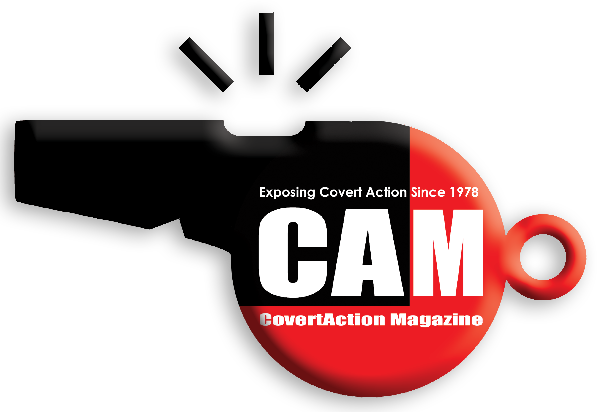

Here is another story about torture:
https://apnews.com/article/syria-prisons-torture-assad-missing-ad4c676858c8016ea5fd4f7a4946353e
i think Covert Action Magazine has already published several article’s about Assad’s cruelty so this is just an additional report.
Excellent article. This is even worse than the torture in North Korea’s prisons, China’s prisons and the Assad regime’s prisons.